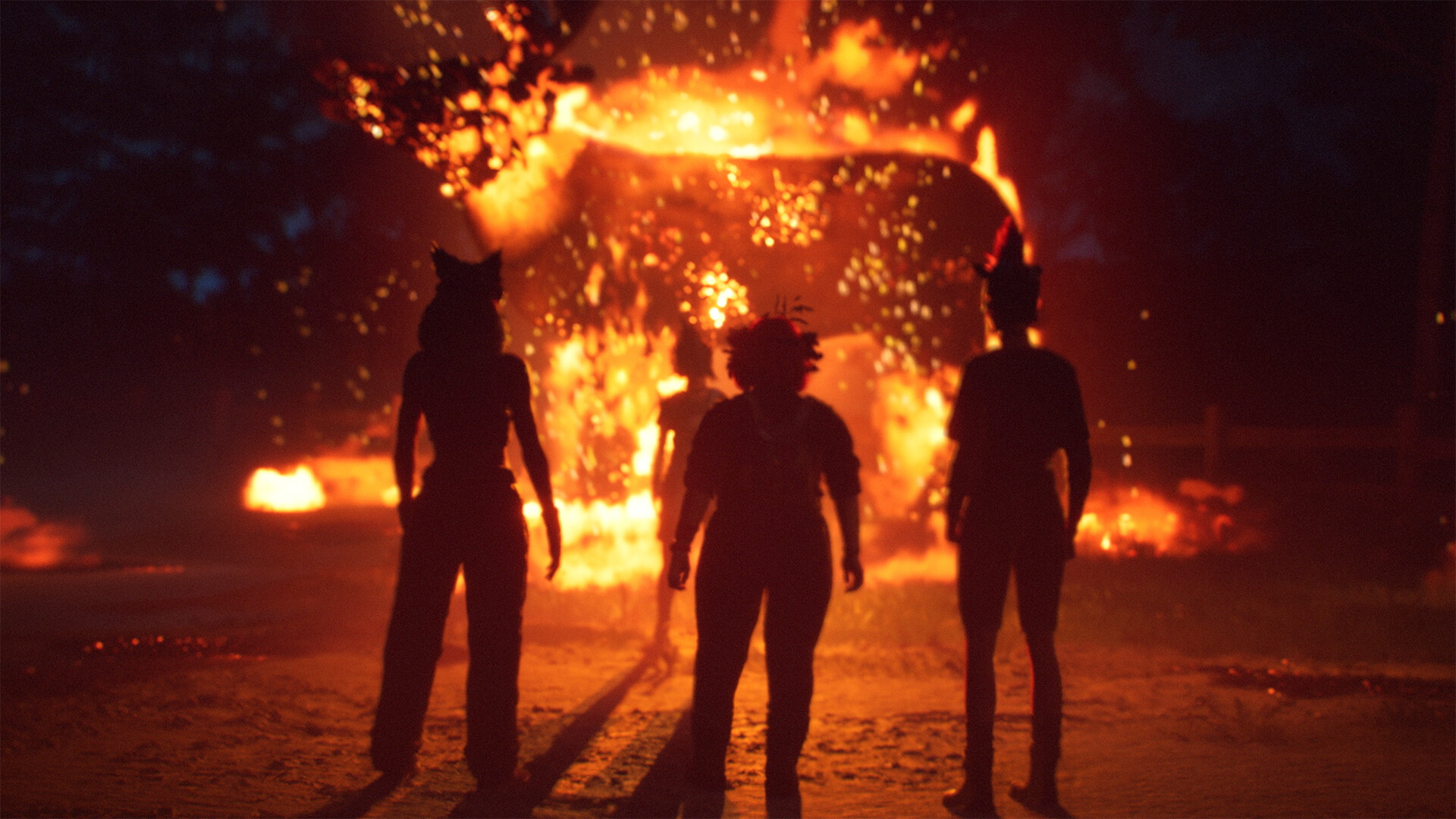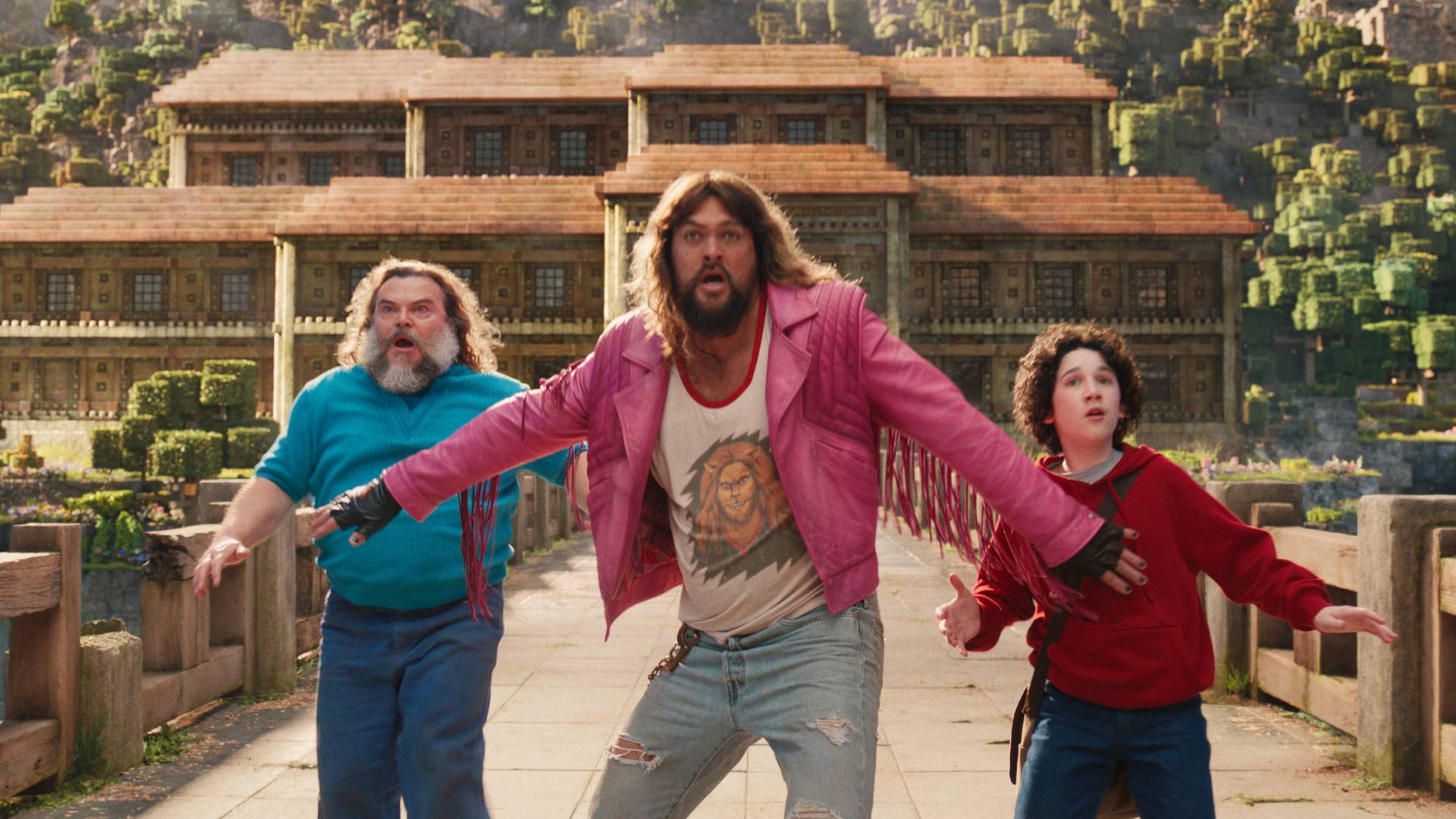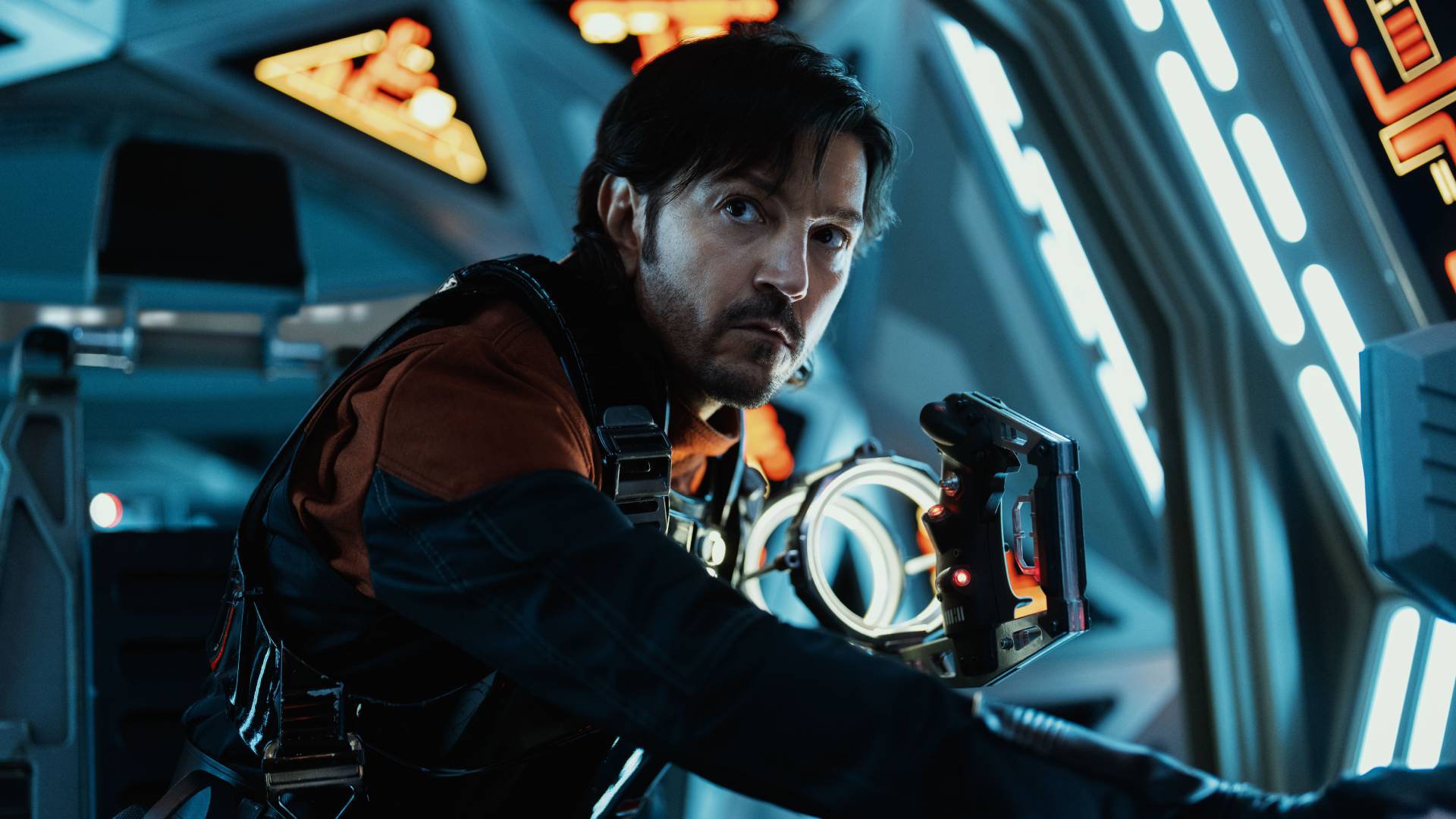Capcom reveals the 20-year-old anatomy guide that's kept Street Fighter so consistently beefy
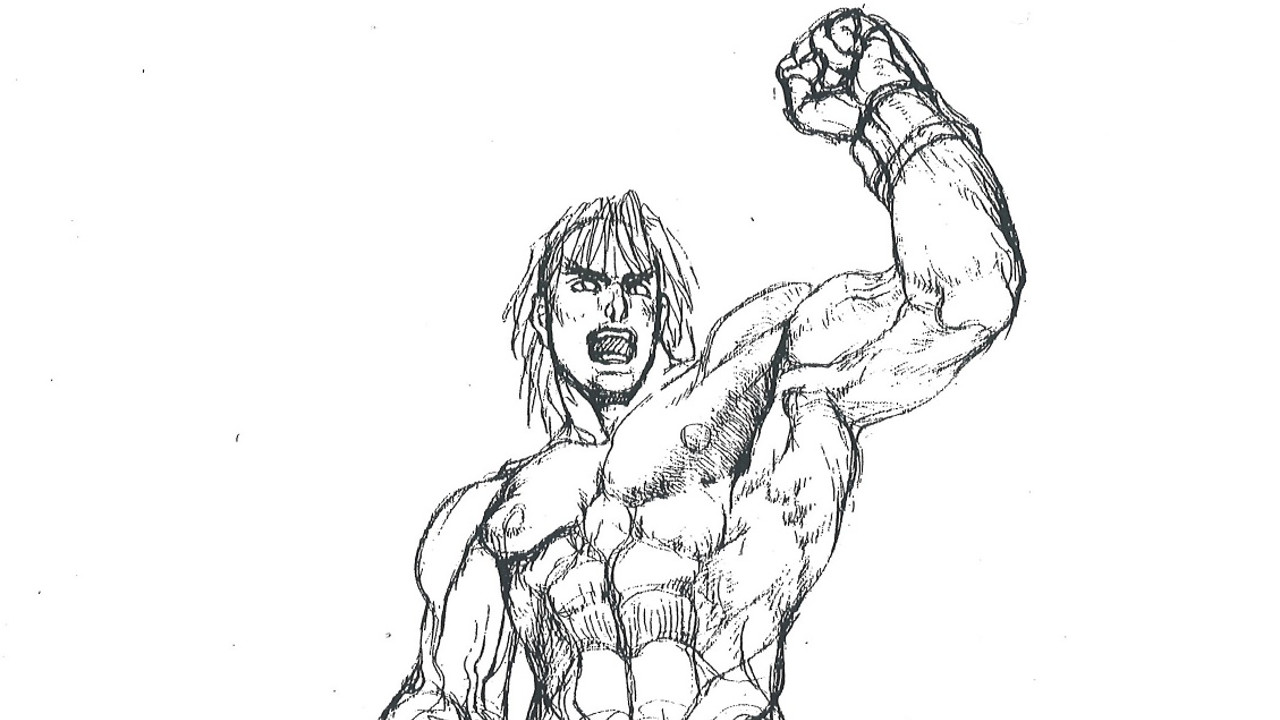
Across the various art styles that Street Fighter has tried throughout its long history, one thing has always stayed the same: the way the characters are all so darn beefy. That's no happy coincidence. Capcom recently published excerpts from its anatomical bible for company artists (via Gamasutra), a document that was compiled in the time of Street Fighter Alpha and Darkstalkers but is still regularly consulted today.
It was created by a collection of Capcom artists more than 20 years ago and edited by famed character designer Akira "Akiman" Yasuda, who left the company back in 2003. Here's a look at some of the most illuminating illustrations that Capcom shared. Be forewarned, there's a whole lotta beefcake and bone-in ribeye going on here.
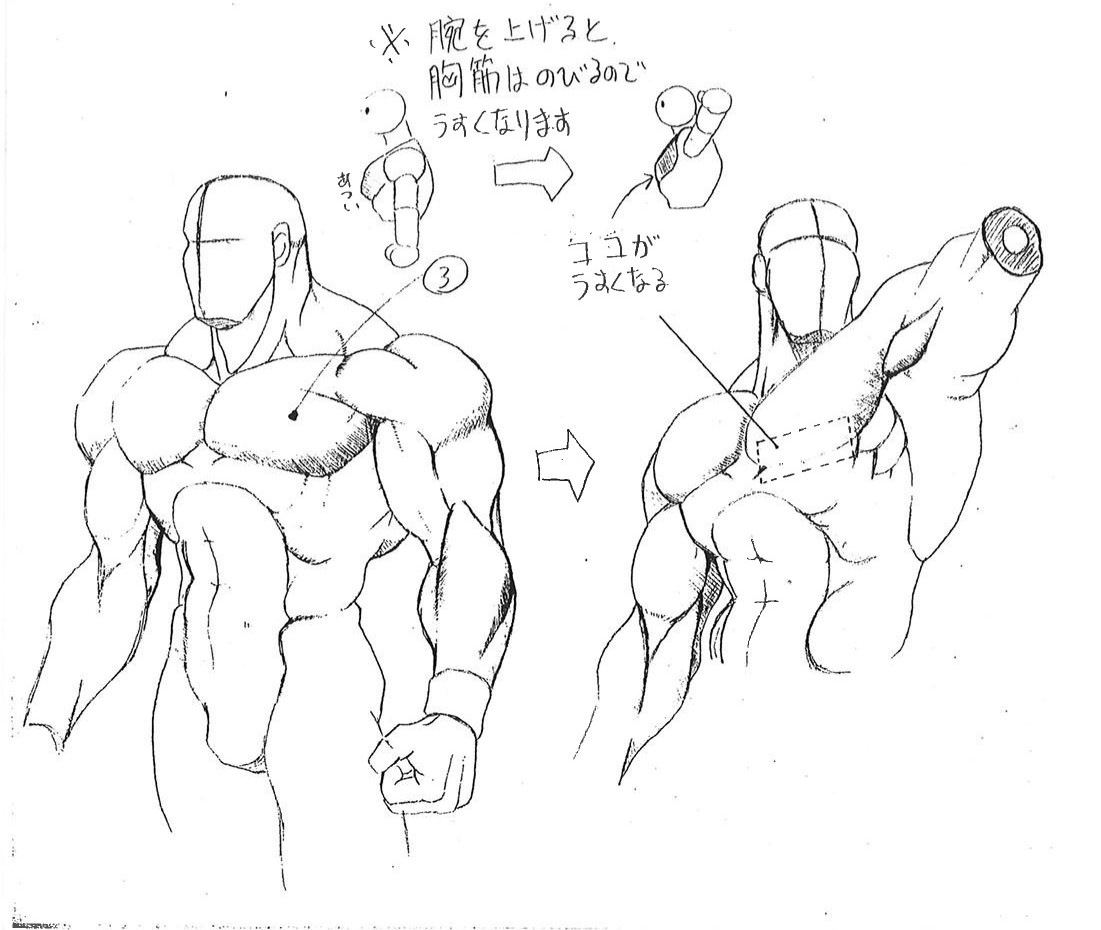
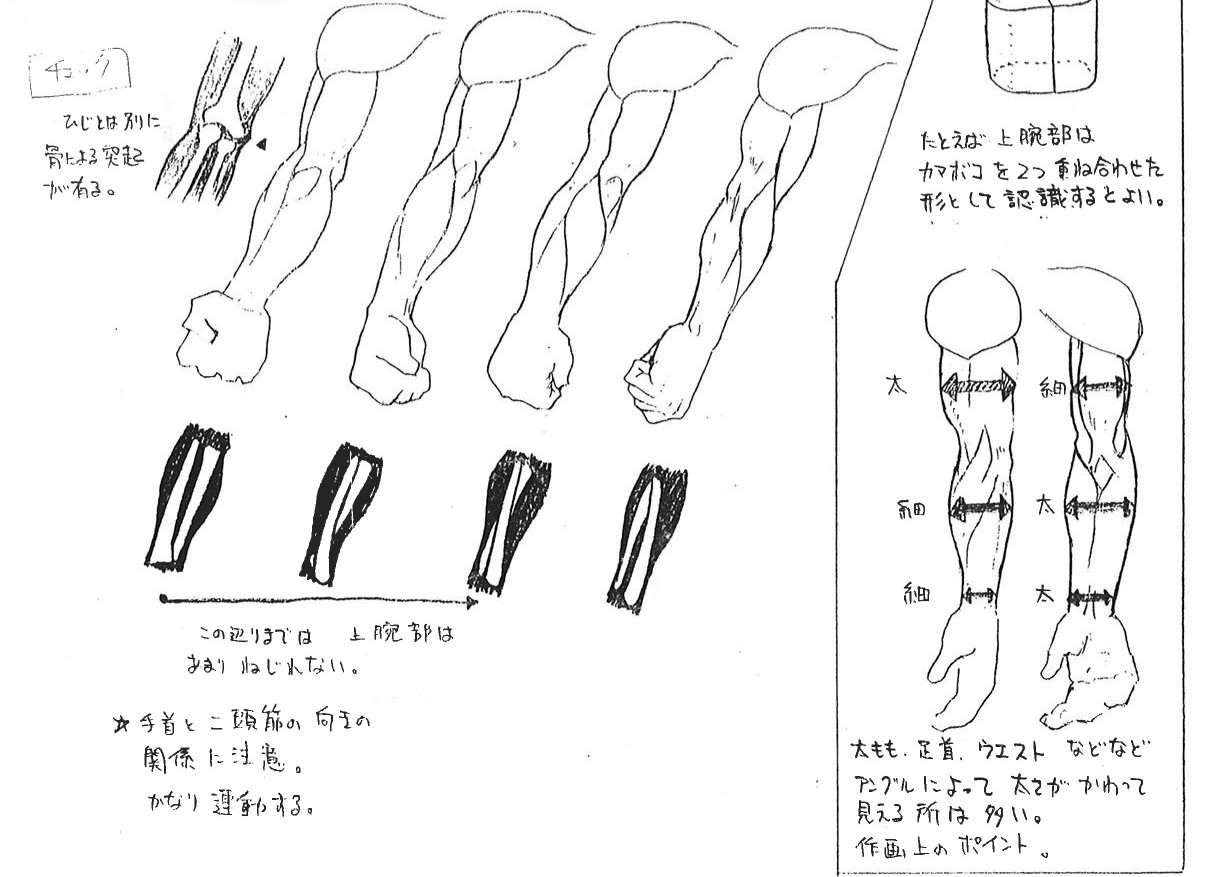
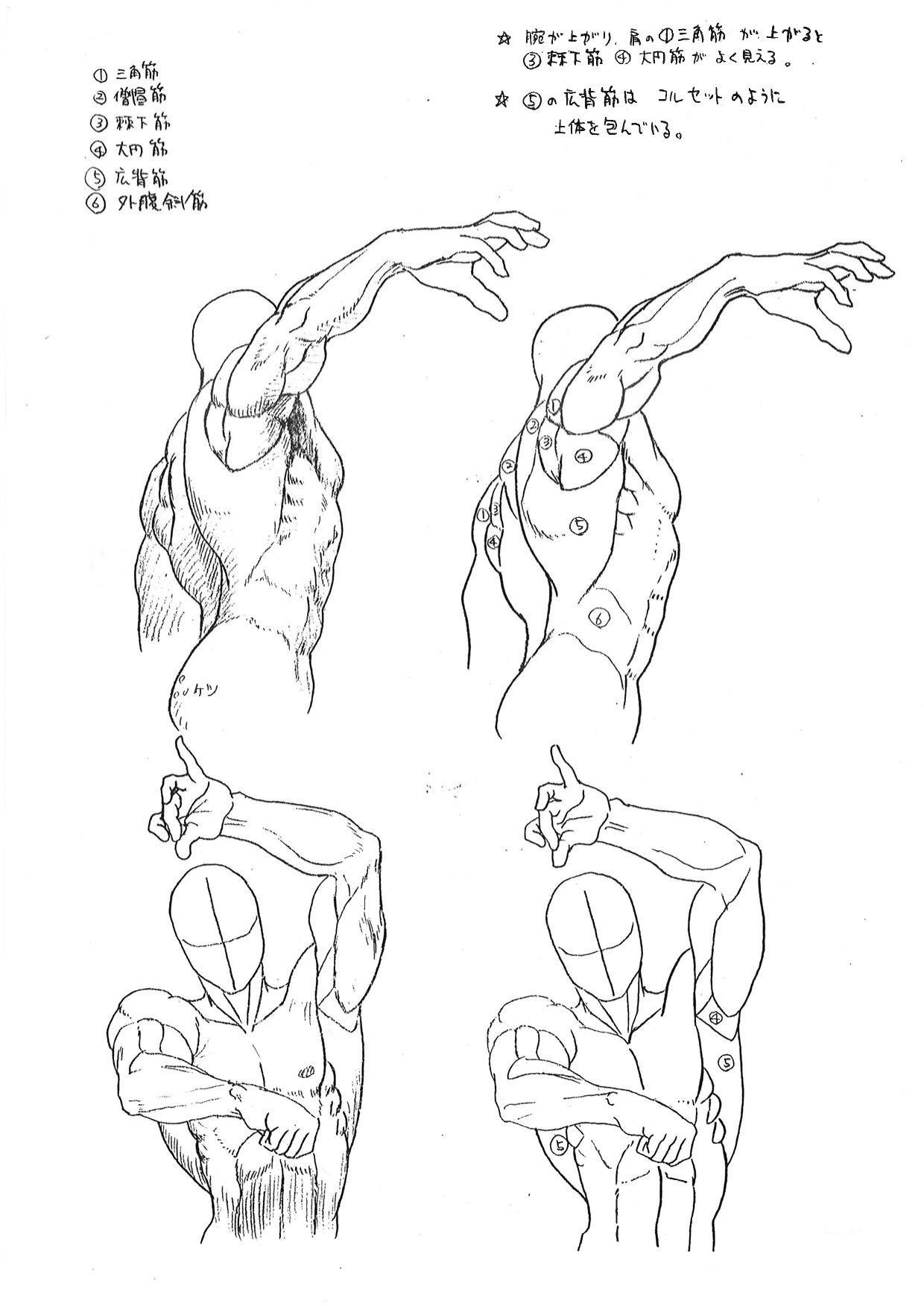
It's not just aesthetics. Capcom has found that using these guidelines to exaggerate character proportions makes them much easier to read at a glance - and a glance is often all you have time for in a high-speed fighting game like Street Fighter 5. Back when it was still in the prototype stages, Capcom actually tried a few more photorealistic styles but quickly realized they were far too difficult to read - as seen here in the GDC '17 presentation that first shared the manual with the outside world.
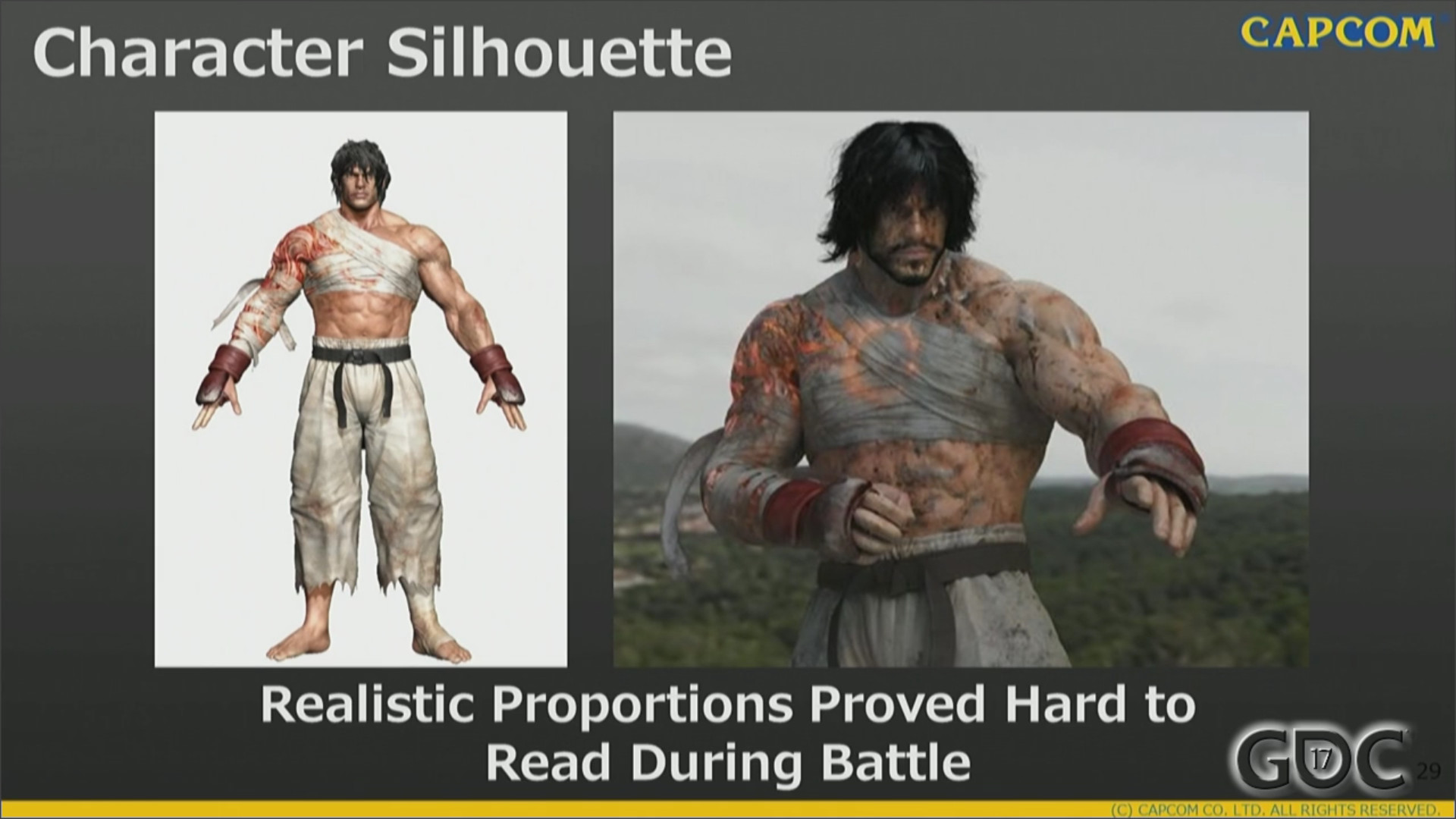
I think they made the right call. How could any photorealistic Street Fighter ever hope to compete with the live-action perfection that was Street Fighter: The Movie - The Game?
If you have a keen appreciation for the characters but have no idea how to start playing, check out our Street Fighter 5 beginner's tips.
Sign up to the GamesRadar+ Newsletter
Weekly digests, tales from the communities you love, and more
I got a BA in journalism from Central Michigan University - though the best education I received there was from CM Life, its student-run newspaper. Long before that, I started pursuing my degree in video games by bugging my older brother to let me play Zelda on the Super Nintendo. I've previously been a news intern for GameSpot, a news writer for CVG, and now I'm a staff writer here at GamesRadar.

